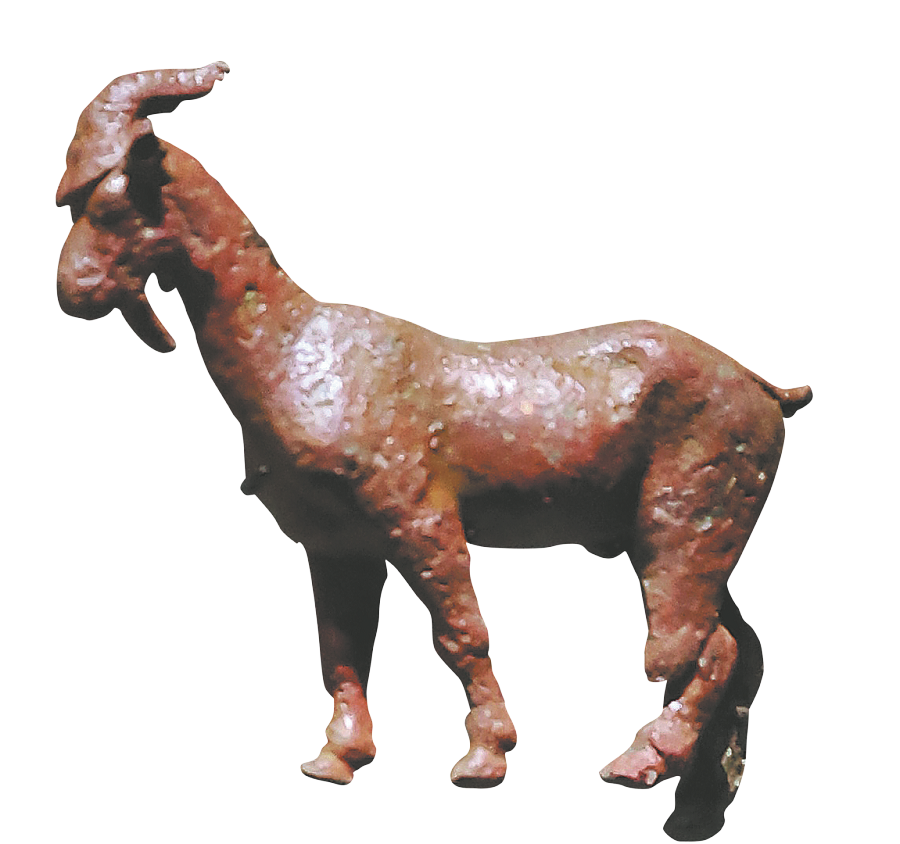Ancient Arab sites show potential of exchanges


As the exhibits indicate, kingdoms like Dadan and Lihyan left many traces of their existence, including hundreds of carved inscriptions, monumental statues representing either kings or divine figures mixing local artistic schools and those of ancient Egypt, and small sandstone figurines used as offerings in sanctuaries.
Hegra, which is only a few kilometers north of AlUla, later rose as a prosperous city when Nabataeans settled down around the first century BC. Coming from their capital of Petra of Jordan, Nabataeans turned Hegra into a key regional center.
Its booming period continued after the Nabataean Kingdom was annexed to the Roman Empire during the reign of Trajan. Archaeologists discovered many Greek and Latin inscriptions left by Roman legion soldiers.


















